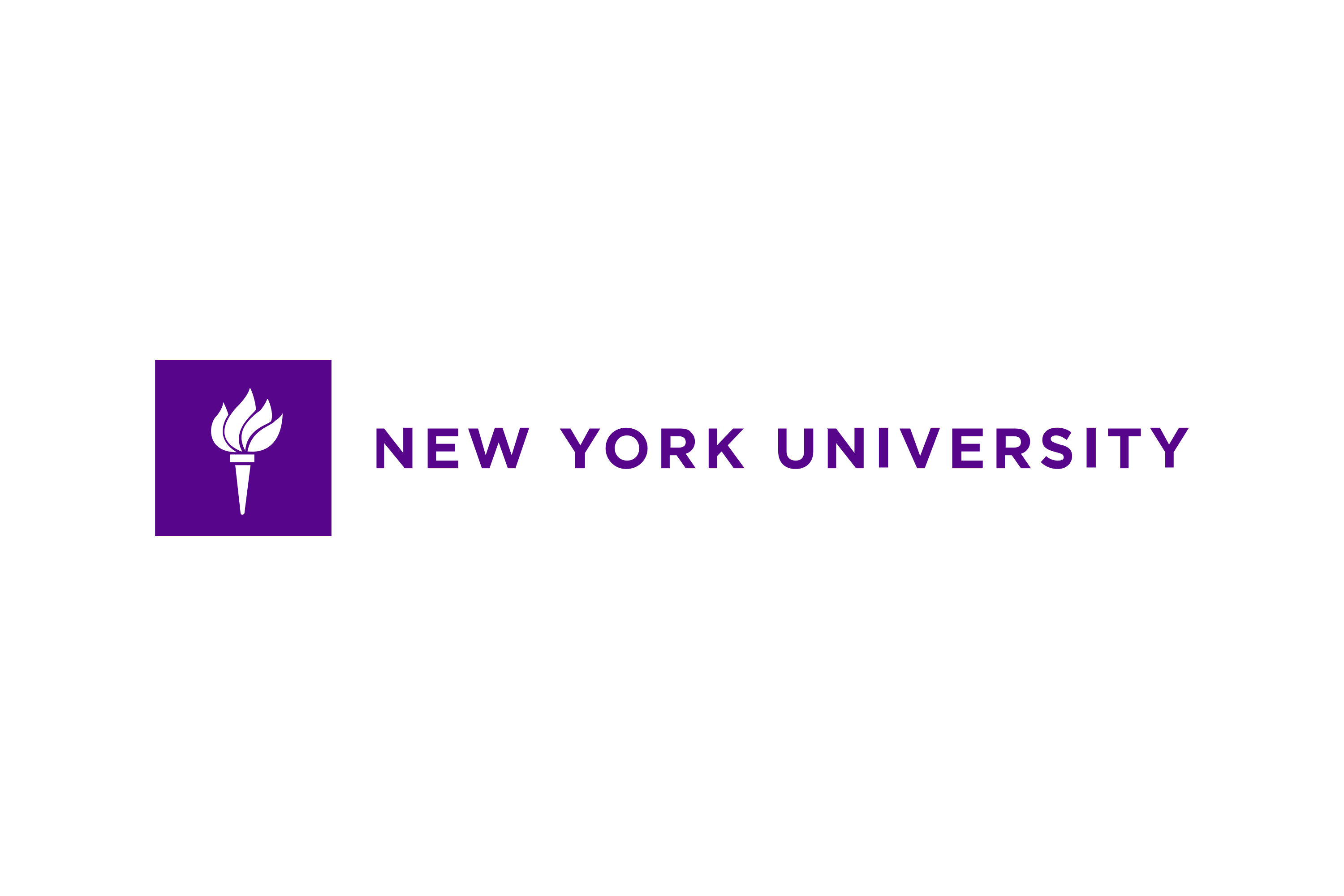New York University’s Faculty Elected to the National Academy of Sciences
Three New York University faculty have been elected to the National Academy of Sciences: Moses Chao, a professor at NYU Grossman School of Medicine; Glennys Farrar, a professor in NYU’s Department of Physics; and Subhash Khot, a professor in NYU’s Courant Institute of Mathematical Sciences. This year’s election of 120 new members and 23 international members were chosen “in recognition of their distinguished and continuing achievements in original research,” the academy announced.
Moses Chao, a professor of cell biology, psychiatry, and neuroscience and physiology and part of Grossman School of Medicine’s Institute of Biomolecular Medicine, has conducted research on the link between exercise and the brain by illuminating the benefits of physical activity at the molecular level. In addition, Chao has studied how viruses work to evade the immune system. He and his colleagues have uncovered how virus infections burrow into the nervous system, allowing them to remain latent, before emerging years later.
Glennys Farrar, a theoretical physicist whose research spans particle physics, astrophysics, and cosmology, has made multiple breakthroughs including demonstrating that quarks are real and not just mathematical constructs, and developing key techniques to search for new phenomena at the Large Hadron Collider. Her work has addressed the nature of Dark Matter and Dark Energy, and the origin of the asymmetry between matter and antimatter. She and her students revealed the structure of the magnetic halo of the Milky Way and discovered the first examples of stars being consumed by supermassive black holes. Her current research is predominantly devoted to detecting Dark Matter with cosmological and experimental probes, discovering the origin of ultra-high energy cosmic rays and understanding the large scale structure of the Galactic magnetic field.
Subhash Khot, a theoretical computer scientist, works in “Computational Complexity”—an area that seeks to understand the power and limits of efficient computation: which computational problems can be solved with little computation, which problems can be solved only with large amounts of computation, and which cannot be solved at all. Some of these determinations are captured in Khot’s “Unique Games conjecture (UGC),” introduced two decades ago, which addresses some fundamental computational complexity questions that had eluded earlier approaches.

